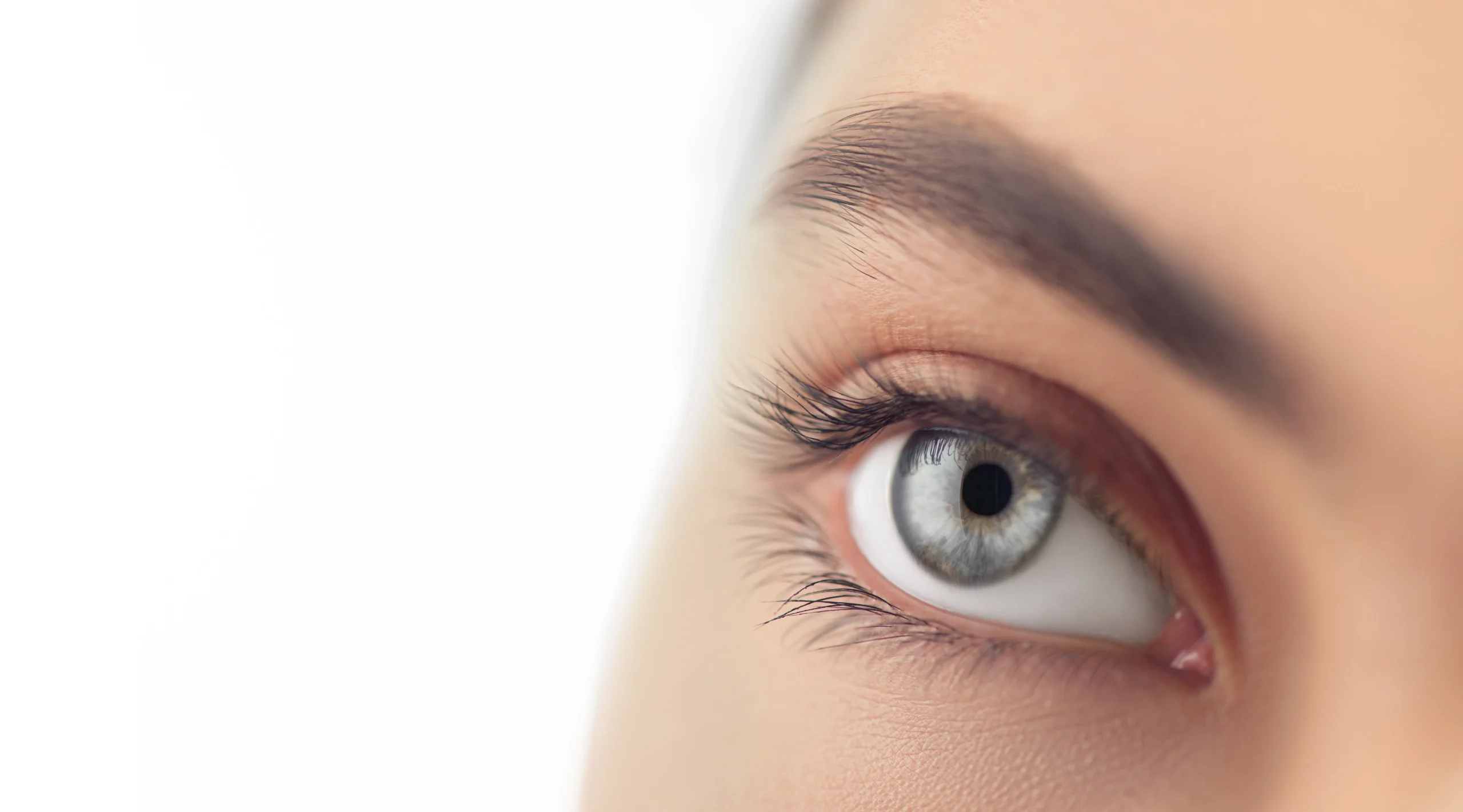Some people have a love-hate relationship with their glasses. While glasses correct vision, they require care and extra precautions. Some patients will never give up their specs, but others are ready to say goodbye to glasses and even contacts lenses forever.
For Heritage Hall Spanish teacher Erin Cox, being glasses-free means less stress and hassle. She was thrilled to win free refractive surgery at her school fundraiser. We followed Erin throughout her refractive eye surgery experience at Dean McGee Eye Institute (DMEI).
The Challenges of Glasses and Contacts
Erin, like many active people, struggled with the inconveniences of wearing glasses. Even though she started wearing glasses in grade school, she disliked having to switch from contacts to glasses for physical activities. An avid runner, she experienced her glasses fogging up and sliding down her face while training for and running the OKC Memorial Half-Marathon.
“I’m a really active person. Wearing glasses can cause some inconveniences in life,” Erin says.
Even though wearing contacts allowed her to exercise comfortably, they weren’t always the best alternative to glasses. Besides dry eye irritation from contacts, Erin says the cost factor can make them unappealing as a long-term solution.
“You have to constantly keep buying new contacts and it can be expensive,” she says.
Erin didn’t know much about refractive eye surgery prior to her procedure but was eager to see how it could make her life simpler.
Consultation
Erin went in for an initial consultation and after an examination of her eyes, the recommendation was that she undergo a photorefractive keratectomy (PRK) procedure instead of LASIK.
PRK vs. LASIK
Like LASIK, PRK is a refractive surgery and aims to correct nearsightedness (myopia), farsightedness (hyperopia), and astigmatism by using a laser to reshape the eye’s cornea to properly focus light on the retina and create clear vision. In fact, PRK is the predecessor to the LASIK procedure and is still widely used due to some of its advantages over LASIK.
PRK is preferred for patients who are ineligible for LASIK due to factors such as corneal thickness, vision prescription, or level of physical activity. PRK is DMEI’s recommended option for professional basketball players and other athletes who come to the Institute for refractive surgery.
Unlike LASIK, PRK requires a few days of rest after the procedure. LASIK creates a thin flap in the outer layer of the cornea that is lifted to reshape the layer underneath. During PRK, the corneal surface skin is removed. It takes a few days for it to regrow, which leads to a slightly longer recovery time but similar outcome. Removing the surface skin can cause tenderness and sensitivity, which typically subsides after several days of rest and recovery.
Erin’s corneal thickness and vision prescription made PRK the best choice for her. Erin’s PRK procedure was scheduled.

The Day of the PRK Procedure
Like many other patients, Erin was a little nervous before her procedure, but the DMEI Stephenson Refractive Surgery Center (SRSC) team reassured her throughout every step of the process.
What surprises many patients about PRK is that it takes very little time. The procedure typically takes 10 minutes per eye, meaning the entire experience lasts no more than 30 minutes. Erin says the brief discomfort was well worth it.
“It’s a few minutes of being uncomfortable for a lifetime of better vision,” Erin says.
Post-Surgery
Erin rested for several days after her PRK procedure and avoided placing stress on her eyes. She followed up with her doctor the day after her procedure and then again a week later, before a final follow up three weeks later. Such personalized attention from her surgeon is something that sets DMEI apart when it comes to LASIK and PRK and helped ensure Erin’s outcomes were as expected.
“At every follow-up, my vision got better,” Erin says. “Everyone at DMEI is so friendly and attentive. Before PRK, when I went to the eye doctor, I could only read the massive ‘E’ that was at the top of the eye chart. When I went three weeks after my surgery, I couldn’t believe the letters kept getting smaller and I could still read them.”
Erin is looking forward to a life with less stress. She’ll no longer have to worry about switching out her glasses for contacts every time she goes for a run or falling asleep in her contacts while watching TV at night.
The best yet? Like other DMEI LASIK and PRK patients, it’s the freedom of waking up with clear vision that means so much to her.
PRK and LASIK at DMEI’s Stephenson Refractive Surgery Center (SRSC)
Erin received attentive, quality care throughout each step of her procedure.
“Everyone at DMEI was amazing throughout this whole process,” she says. “Any question I had, they answered it and were patient with me.



